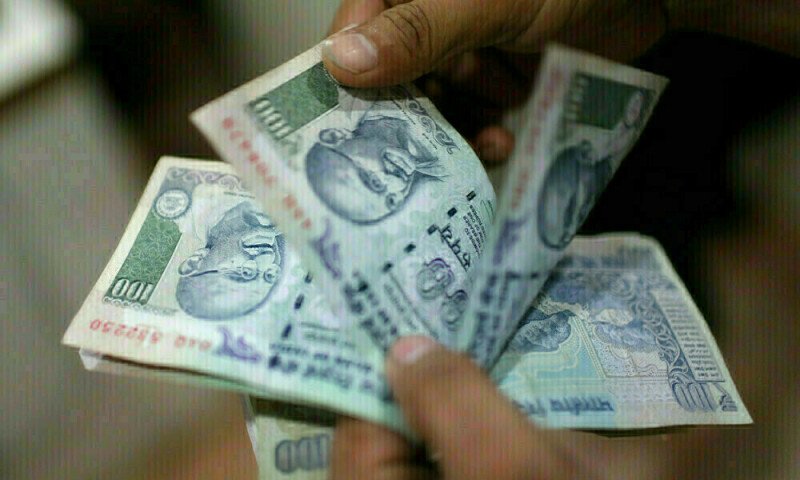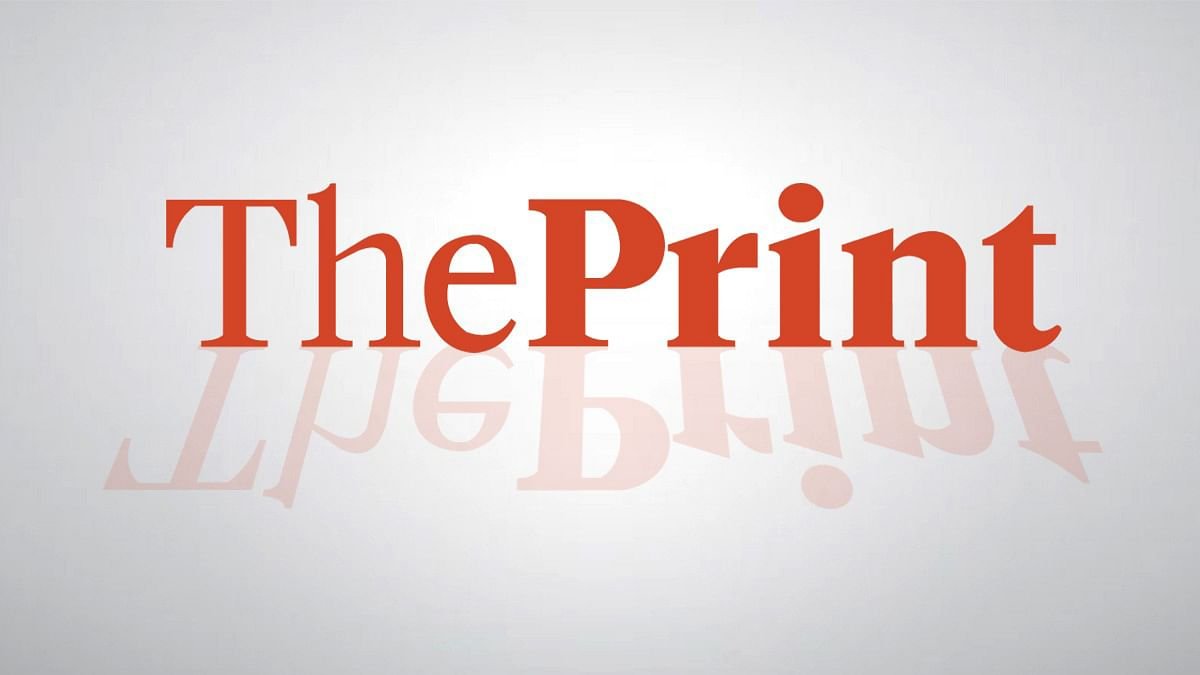MUMBAI: The Indian rupee and government bonds are poised to face pressure this week following a U.S. strike on Iran, raising concerns of higher oil prices and potential retaliation that could deepen the conflict in the Middle East.
The rupee had closed at 86.5850 against the U.S. dollar on Friday, down 0.6% on the week.
U.S. President Donald Trump said late on Saturday that the country had struck Iran’s main nuclear sites, aligning with an Israeli offensive in a significant escalation of the ongoing Middle East tensions.
Tehran called the attack a grave violation of international law and vowed to defend itself.
In a televised address, Trump warned Iran against retaliating, stating that any response would trigger further attacks unless Iran agreed to pursue peace.
Concerns over a potential escalation of the conflict had already driven oil prices higher this month, and analysts now anticipate an additional increase of $3 to $5 per barrel in reaction to the U.S. strikes.
Brent crude oil futures closed at $77 per barrel on Friday, up nearly 4% on week.
Elevated energy prices are a pain point for the Indian rupee and government bonds, as oil is a major component of India’s import bill.
A “flight to safety is likely to reinforce the dollar’s strength against the Indian rupee and other major currencies,” said Dilip Parmar, a foreign exchange research analyst at HDFC Securities.
The rupee could weaken towards 87.50 in the near-term, Parmar added. Traders reckon that the Reserve Bank of India would likely step in to curb excessive volatility.
The rupee may find immediate support around 87.50-87.60 but will remain acutely sensitive to developments in the Middle East, said a trader at a state-run bank.
Foreign portfolio flows related to a upcoming large IPO alongside remarks from U.S. Federal Reserve Chair Jerome Powell, scheduled for Tuesday, will be among other cues in focus for the rupee this week.
Meanwhile, India’s 10-year benchmark 6.33% 2035 bond yield ended at 6.3087% on Friday. Traders expect it to move in a range of 6.30% to 6.40% this week.
“A $10 per barrel rise in crude could widen India’s current account deficit by 0.3% of GDP and elevate inflation, eroding real yields,” CR Forex said.
Earlier this month, the RBI reduced its inflation forecast for the current fiscal year to 3.7% and cut its key lending rate by a steeper-than-expected 50 basis points.
A big rate cut would assure stakeholders of India’s focus on economic growth and aid in faster transmission, members of rate setting panel wrote in the June policy minutes.
However, it reverted to a “neutral” stance from “accommodative”, prompting analysts to forecast an end to the monetary easing cycle.
“International uncertainties make RBI think it is necessary to front load the monetary easing to boost growth. But RBI may take longer to see the impact before implementing another cut going forward. Looking forward, we see RBI to stay on hold for next few months, said Alaa Bushehri, head of emerging market Debt, BNP Paribas Asset Management.







